People
14 LGBT Heroes Who Saved the Day
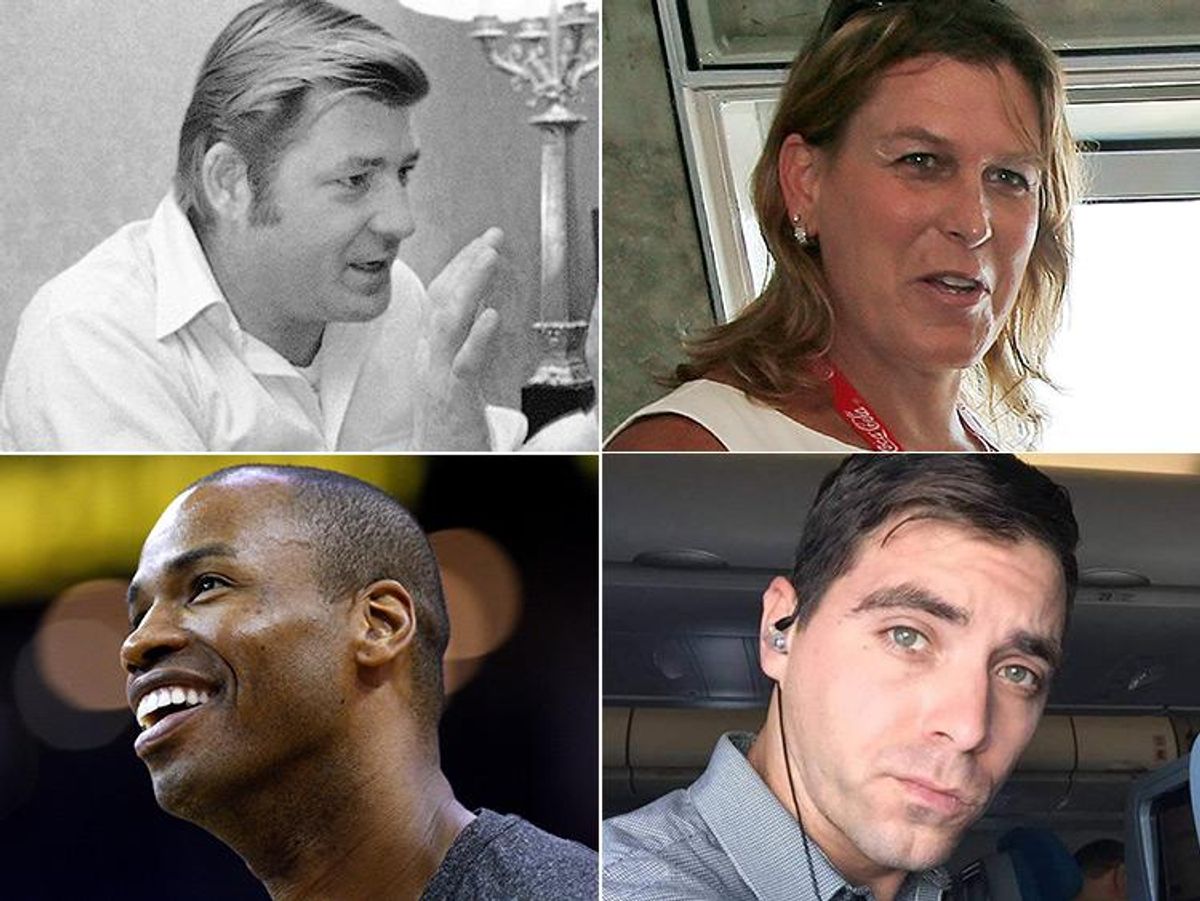
Since the beginning of time, LGBT people have changed the world through feats of valor -- though many did not receive the appreciation they deserved.
October 25 2016 6:39 AM EST
February 23 2017 3:33 AM EST
By continuing to use our site, you agree to our Private Policy and Terms of Use.

Since the beginning of time, LGBT people have changed the world through feats of valor -- though many did not receive the appreciation they deserved.
With names such as Mark Bingham, one of the heroes of United Flight 93 on 9/11, and Kristin Beck, the trans hero of Navy SEAL Team Six, there is a long list of courageous LGBT people throughout history.
Although there's no way to know every lesbian, gay, bisexual, and transgender hero through the centuries, we do know about some -- even as far back in history as ancient Greece.
Here's our list of 16 (and, well, a few more) LGBT heroes who made the world a better place through acts of courage and deserve to be remembered for their contributions.
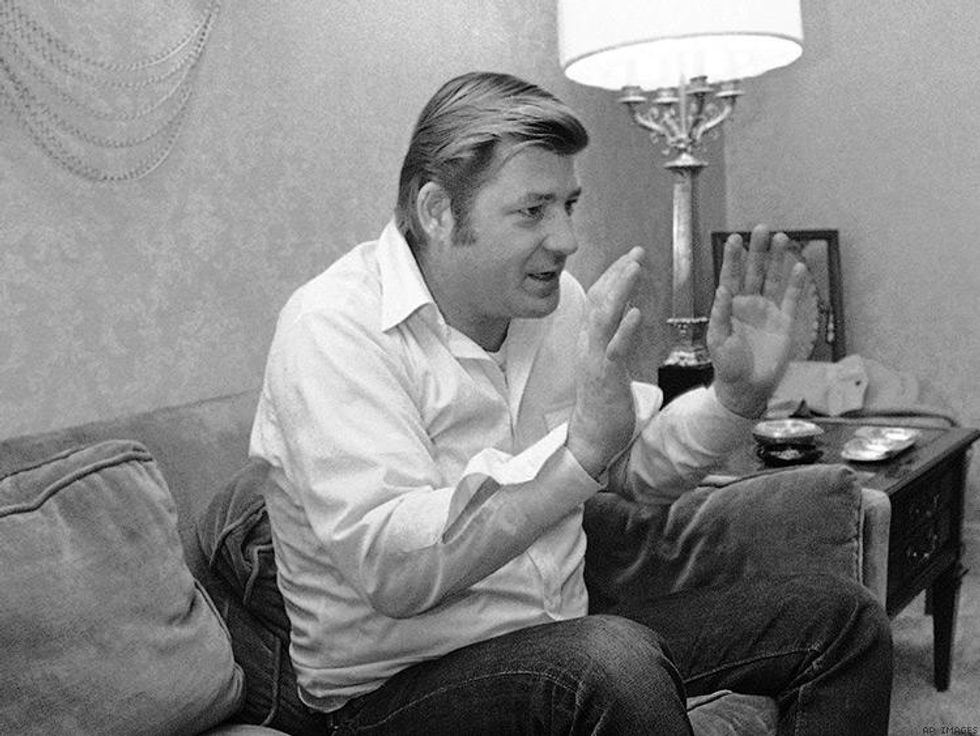
In many ways, the life story of Oliver Sipple, a gay former Marine who saved the life of President Gerald R. Ford in 1975, is a classic case of being in the right place at the right time, but it's also of having been born just a little too early.
It's hard to imagine in most of the United States today that parents, neighbors, coworkers, and reporters would focus on the sexual orientation of a presidential lifesaver over his act his heroism. Sipple saved Ford's life by grabbing the gun hand of a would-be assassin just in time to stop her from taking his life. Sipple had no idea that when he stopped Sara Jane Moore from shooting Ford outside the St. Francis Hotel in San Francisco, he would later wish that he hadn't even been there.
In a 2006 retrospective of Sipple's life, Washington Post writer Lynne Duke noted that he was outed by the press. Afterward, his parents and brother, who lived in the Detroit area, were taunted about Sipple's homosexuality by fellow General Motors factory workers as well as their neighbors.
"There were a lot of times he wished he had never saved the president's life, for all the anguish it caused him," his older brother, George Franklin Sipple, told Duke in 2006. "He only said it when he was drinking. He said life would have been so much simpler if he hadn't have done it." Oliver Sipple died in 1989.
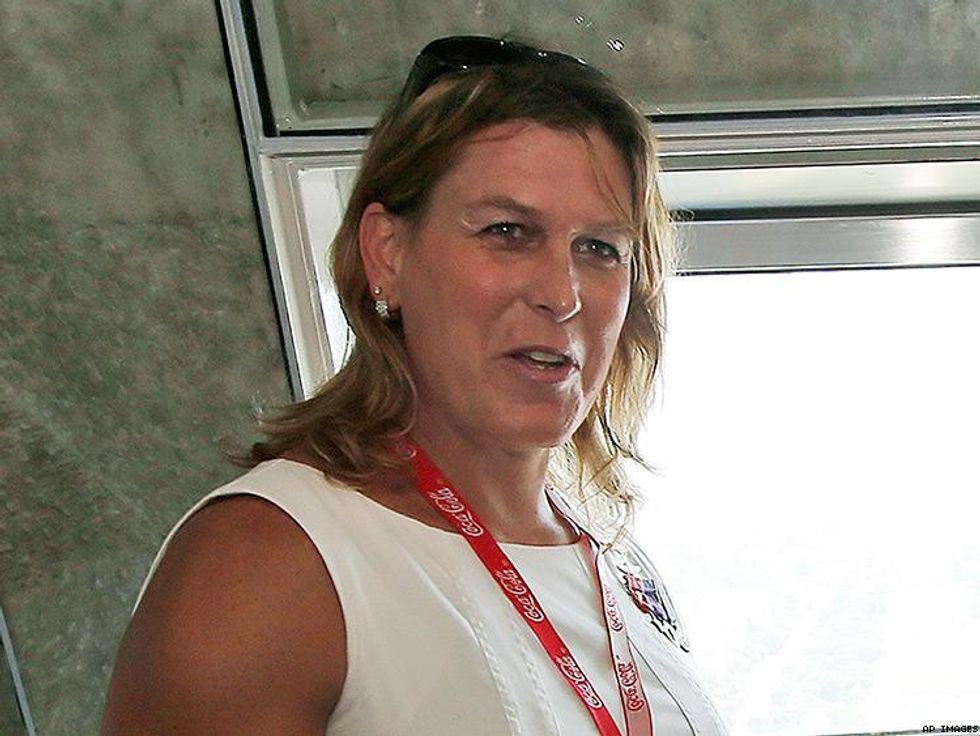
Designated as an elite antiterrorism special forces unit, the legendary SEAL Team Six -- yes, that's the one that killed Osama Bin Laden -- until recently benefited from the storied first-in-line, first-at-the-front, and first-to-jump tactical contributions of a team member formerly known as Senior Chief Petty Officer Chris T. Beck. Today, Kristin Beck, the former SEAL paratrooper, expert marksman and multiple-battleground veteran, has earned enough medals for courageous acts in military service to her country to crowd the buttons of her dress-blues U.S. Navy uniform.
Recognized as the first former U.S. Navy SEAL to come out as transgender, Beck is modest about her accomplishments, which include (among several other military honors) a Bronze Star and a Purple Heart during her service in the Middle East.
"[Beck] was often the 'breacher,' the first one through the door on hundreds of raids in Iraq and Afghanistan, and became a team leader, a senior chief," said reporter Dan Noyes in 2014 on San Francisco TV station KGO. "[Beck] paid the price, receiving a Purple Heart for ... many injuries in combat and a Bronze Star with the 'V' for valor."
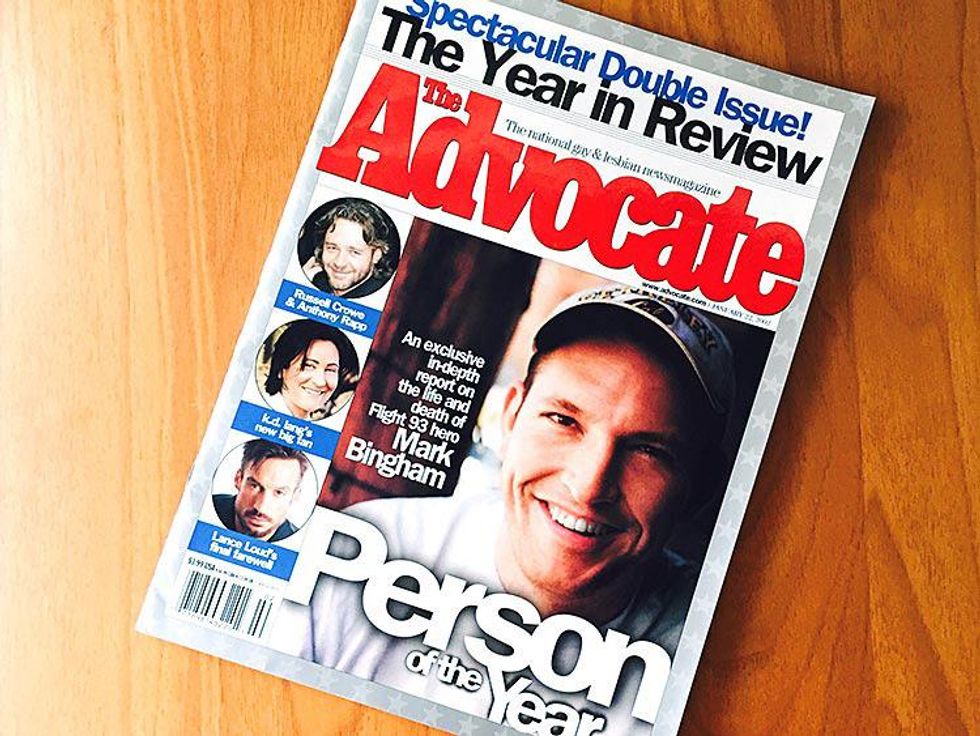
In 2014 The Mercury News of San Jose, Calif.,described the film about Flight 93 hero Mark Bingham's life, The Rugby Player (directed by Scott Gracheff), as tracing Bingham's life "from his rowdy frat boy days at U.C. Berkeley to his harrowing final moments ... remembering him not just as a hero but as an athlete, a son and a gay man who always stood his ground."
A few months after the September 11, 2001, attacks that fundamentally changed a nation and a world, The Advocate put Bingham's handsome, smiling face on its cover, naming him Person of the Year. Along with fellow passenger Todd Beamer and a handful of others, Bingham led the heroic cabin revolt that foiled the plans of terrorist hijackers of United Flight 93, who wanted to fly the Boeing 757-222 into their target in the nation's capital -- widely believed to have been the U.S. Capitol Building. Instead of hitting a target in Washington, D.C., the four al-Qaeda hijackers were forced by Bingham, Beamer, and 31 other passengers who voted to risk their lives to stop the four hijackers to fly the plane into an empty field near Shanksville, Pa. Everyone on board died on impact.
Jon Barrett's 2002 profile of Bingham for The Advocate is an unparalleled dive deep into an atypical yet consistently heroic life cut all too short. Barrett's piece is worth revisiting for anyone, LGBT or otherwise, who wants to feel inspired but doesn't mind shedding a tear or two. Mark Bingham was only 31 when he gave his life so that hundreds, perhaps even thousands, of others might live.
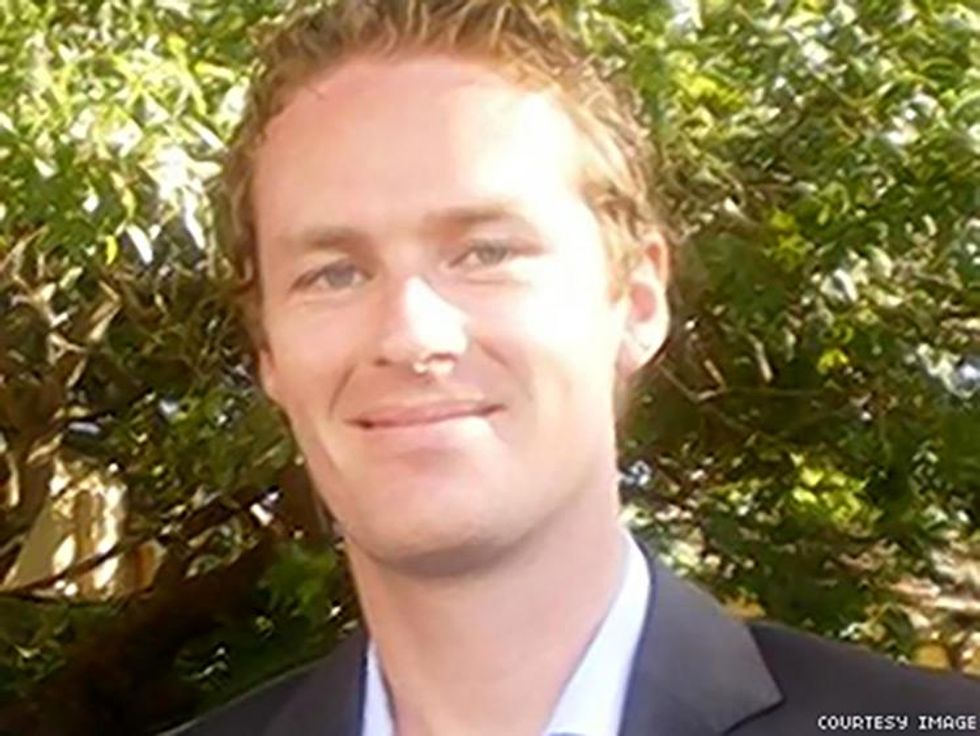
Thomas Zinn -- surviving partner of Tori Johnson, the Lindt Chocolate Cafe manager who in 2014 gave his life trying to save the lives of other hostages taken during a 16-hour siege in Sydney -- described the man with whom he had a 14-year relationship as a hero.
And he was. Johnson is directly credited with saving the life of a young mother during the attack before a terrorist's bullet ended his. After his act of heroism, a sea of flowers sprung up at Sydney's Martin Place, near the cafe in the days following the attack.
"I think it's amazing that he has been able to make our city smell like flowers," Zinn said. "I think there is no more beautiful thing."
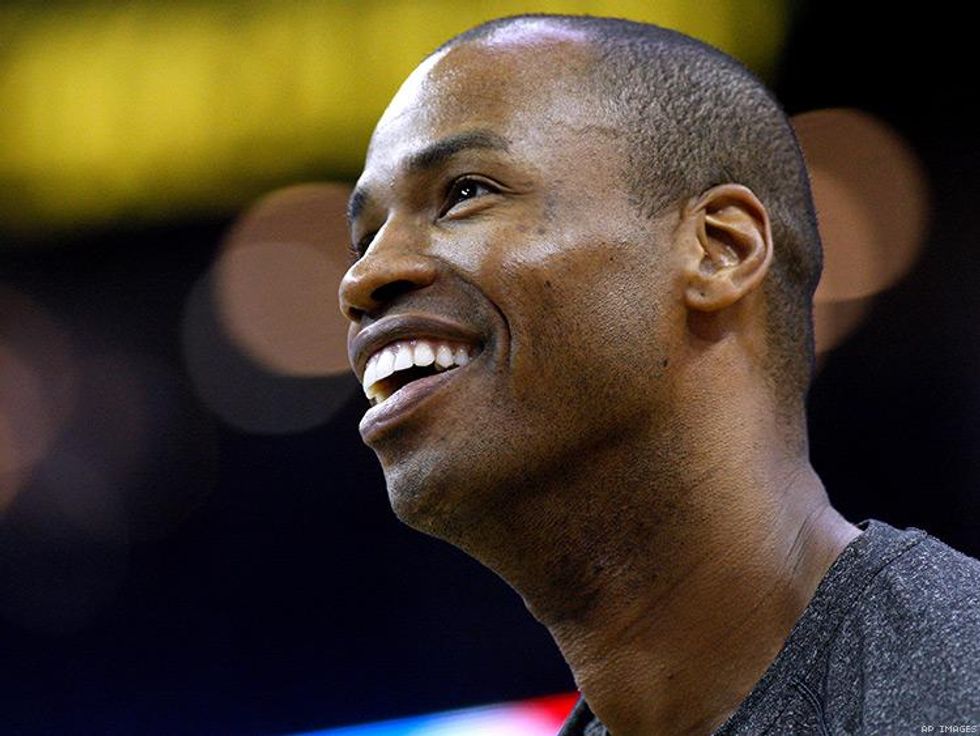
Sometimes just being the first to come out can be heroic. NBA star Jason Collins played professional basketball for 13 seasons, retiring shortly after coming out.
Collins's move was game-changing in men's pro basketball, which currently has no out players. He acknowledged this impact in his 2014 interview with Sports Illustrated: "It has been 18 exhilarating months since I came out in Sports Illustrated as the first openly gay man in one of the four major professional team sports. And it has been nine months since I signed with the Nets and became the first openly gay male athlete to appear in a game in one of those leagues. It feels wonderful to have been part of these milestones for sports and for gay rights, and to have been embraced by the public, the coaches, the players, the league and history."
In the interview, Collins went on to laud one NBA colleague in particular, foreshadowing the final professional game he would play, for supporting him in real life and on social media.
"The day will be especially meaningful for me because the Nets will be playing the Bucks, who are coached by Jason Kidd, my former teammate and my coach in Brooklyn," Collins said. "It was Jason who cheered my decision to come out by posting on Twitter: 'Jason's sexuality doesn't change the fact that he is a great friend and was a great teammate.'"
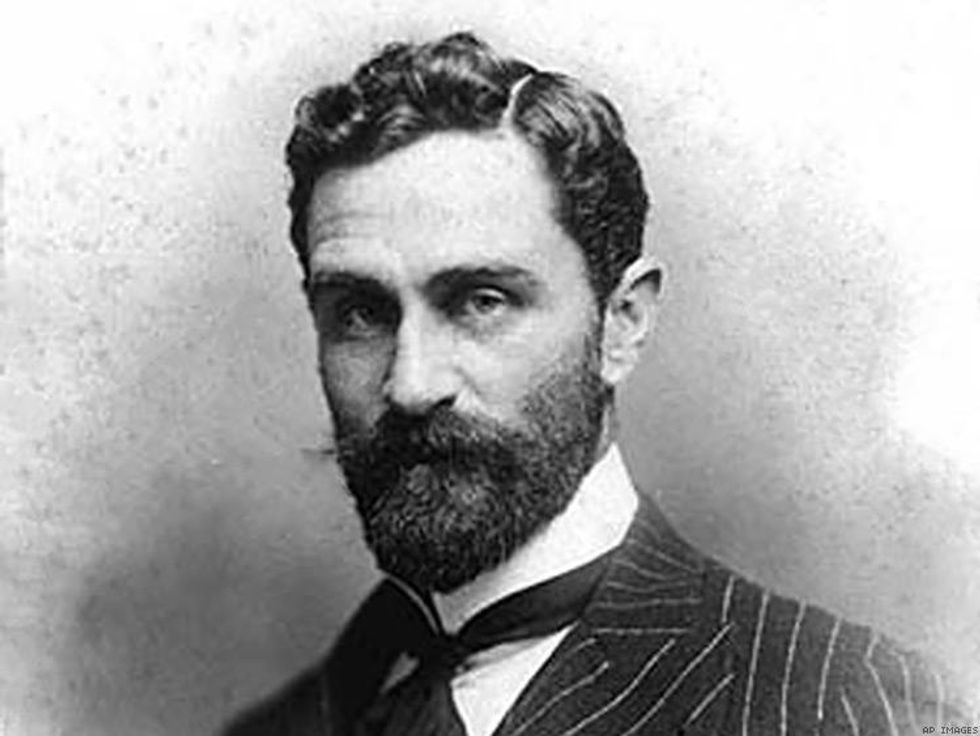
Sir Roger Casement had a soft spot for those under the heels of the powerful. Starting out as a British consular official in the early 20th century, when the U.K. still had a huge empire, Casement traveled on official business of the crown to places near as Ireland and as far as Peru and Congo. In the latter two locales, Casement became the champion of indigenous peoples who were being systematically and brutally abused, exploited, and dehumanized by commercial enterprises headquartered in Britain. He also became sympathetic to the cause of Irish independence.
Some experts on the history of the Irish Nationalist Revolt of 1916 -- also called the Easter Rising, which led to the execution of insurrectionist leaders including Sir Roger -- say it was as much his well-known homosexuality as it was his focus on helping raise awareness about the exploited peoples of Britain's far-flung colonies that led to his death by hanging.
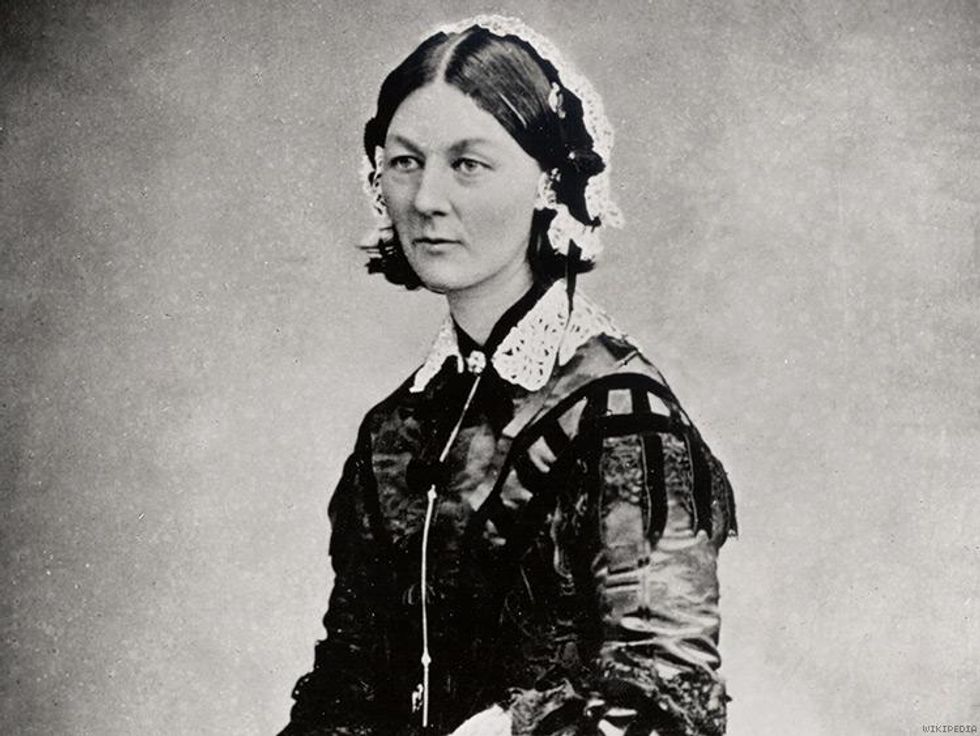
While there is no definitive proof that Florence Nightingale was a lesbian, there are indeed plenty of historians who believe the hero of battlefield medicine and triage was probably attracted to women yet sublimated her sexuality in service to humanity.
Though 90 years separate their divergent analyses of the mother of modern nursing, two male historians each seem to judge Nightingale through their respective conclusions about her sexuality -- or her supposed lack thereof.
Zeroing in on what he believes was Nightingale's contempt for the idea of marrying a man -- she's reported to have turned down at least four such proposals -- historian Lytton Strachey wrote in his survey of four notable figures of the 19th century, "It was very odd; what could be the matter with dear Flo? Mr. Nightingale suggested that a husband might be advisable; but the curious thing was that she seemed to take no interest in husbands."
On the other hand, and in the face of Nightingale's own letters expressing lover-like passions for and bed-sharing with women of all social ranking, there's author Mark Bostridge's 2008 biography of her. This account not only proclaims that Nightingale was straight but also declares she was really not even a nurse.
"She had a brief period in Germany before the Crimean War doing basic nursing training, and when she got to the Crimean War she did hardly any nursing at all, and never did any nursing subsequently," Bostridge said in an interview with The Independent. "So to think of her as a nurse is such a ridiculous thing. What she was is a great nursing theoretician."
Male historians' opinions about her personal life notwithstanding, there's not an argument to be made that the Lady With the Lamp saved countless lives in her time and beyond because of her revolutionary nursing and battlefield-medicine acumen based on hygiene, empirical evidence, and bringing humanity to the healing arts.
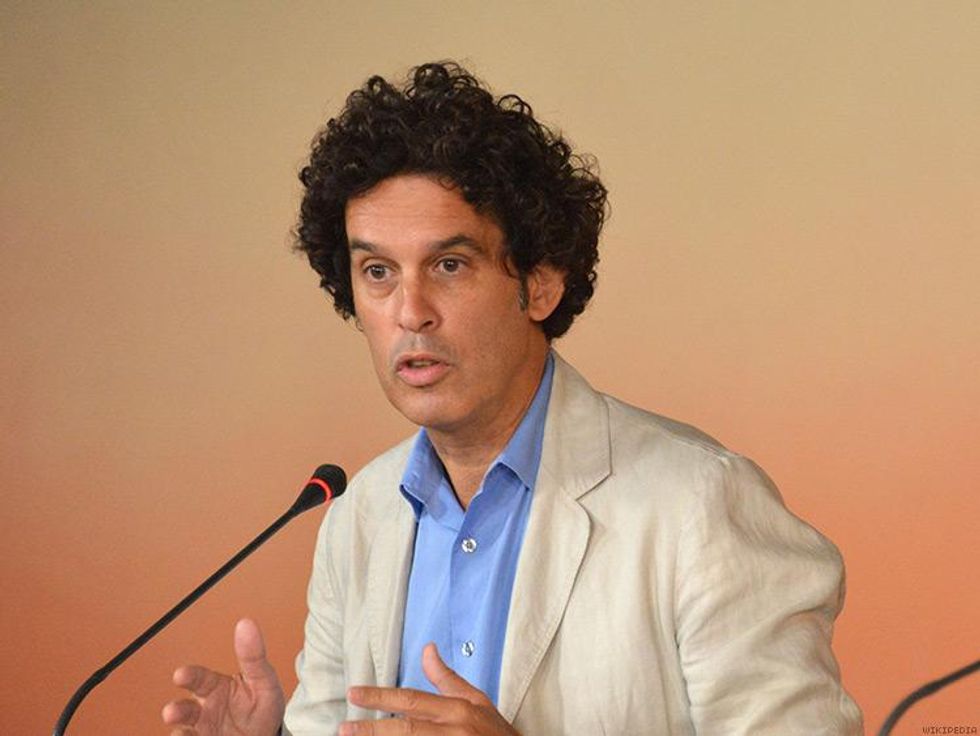
Spain's version of gay civil rights icon Harvey Milk may very well be Pedro Zerolo. Though his courage as his nation's leading fighter for LGBT equality, Zerolo helped make history and made Spain a more inclusive country, which enjoyed marriage equality almost a dozen years before the United States. In honor of his contributions, it was announced last year that Madrid's square would have a name change from Plaza Vazquez de Mella to Plaza Pedro Zerolo. It was not just the way he lived that was heroic; it was also the way he died. In 2011 he took his last breath after a waging a quiet, dignified, and yes, heroic battle with pancreatic cancer. He was just 55.
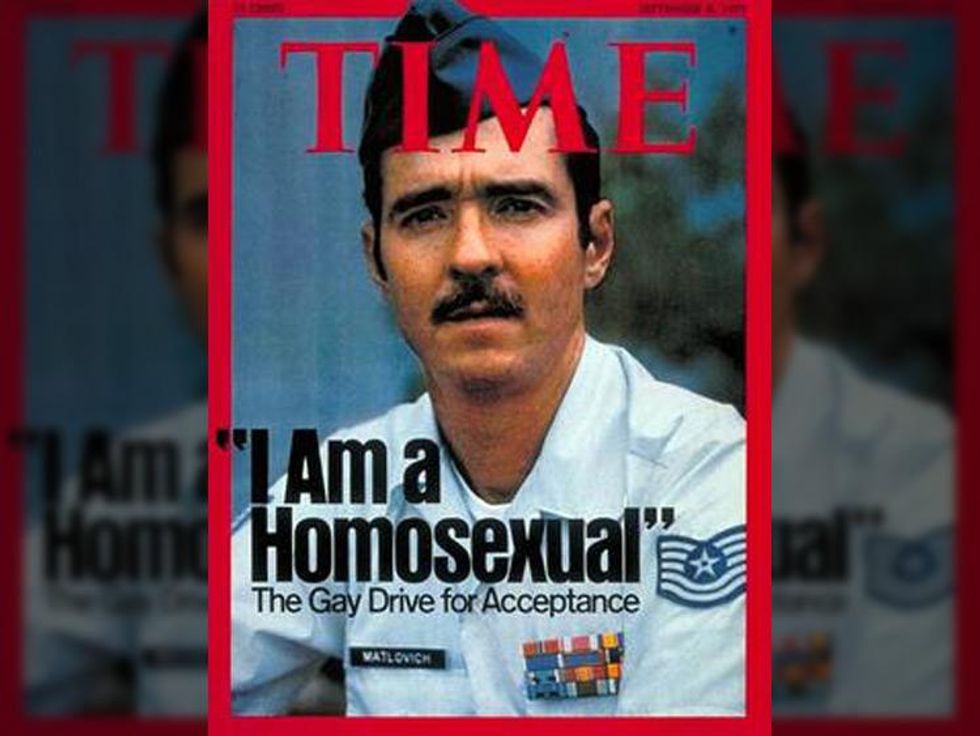
Headlines like "U.S. to Allow Gay Service Members to Serve Openly" were historic in 2011. But they came more than 35 years later than Air Force Sgt. Leonard Matlovich had hoped would happen, when he offered up his heroically distinguished military career -- a Purple Heart, Bronze Star, and numerous other wartime honors earned in Vietnam -- by coming out publicly as gay in 1975. He had hoped that a case to reinstate him -- and overturn the ban on open service -- might reach and ultimately prevail at the U.S. Supreme Court.
As Time magazine noted in '75, "When T/Sgt. Leonard Matlovich handed his coming-out letter to his superior officer, a black captain at Langley Air Force Base, Va., the officer said: 'What the hell does this mean?' Replied Matlovich: 'It means Brown v. the Board of Education.'"
At his burial site, the Congressional Cemetery in Washington, D.C., Matlovich's tombstone boldly proclaims to posterity that here lies "A Gay Vietnam Veteran."
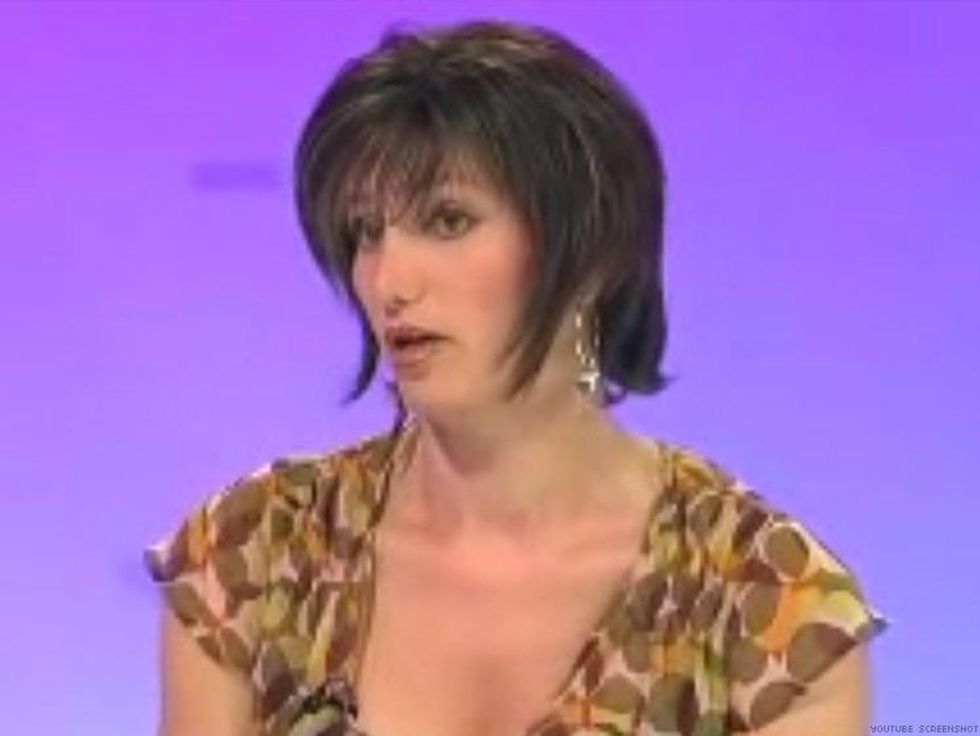
Although the Daily Mail's headline announcing a trans-visibility milestone in the U.K. was published less than eight years ago, it already feels pretty clunky if not (unintentionally) transphobic -- not least because the word transgender is contained inside quotation marks, essentially denoting editors' skepticism that such an identity even exists. Nevertheless, the story let readers then know that Jan Hamilton would be taking to the "mean streets" of Strathclyde to become the Glasgow-inclusive jurisdiction's and Scotland's first trans constable.
Coming out is always courageous. But what makes Hamilton particularly worthy of the "hero" nomenclature is the fact that she did so only after retiring from a 20-year career in the British Army, having served as an elite paratrooper in infamous conflict zones such as Bosnia during the height of hostilities there between Croats and Serbs.
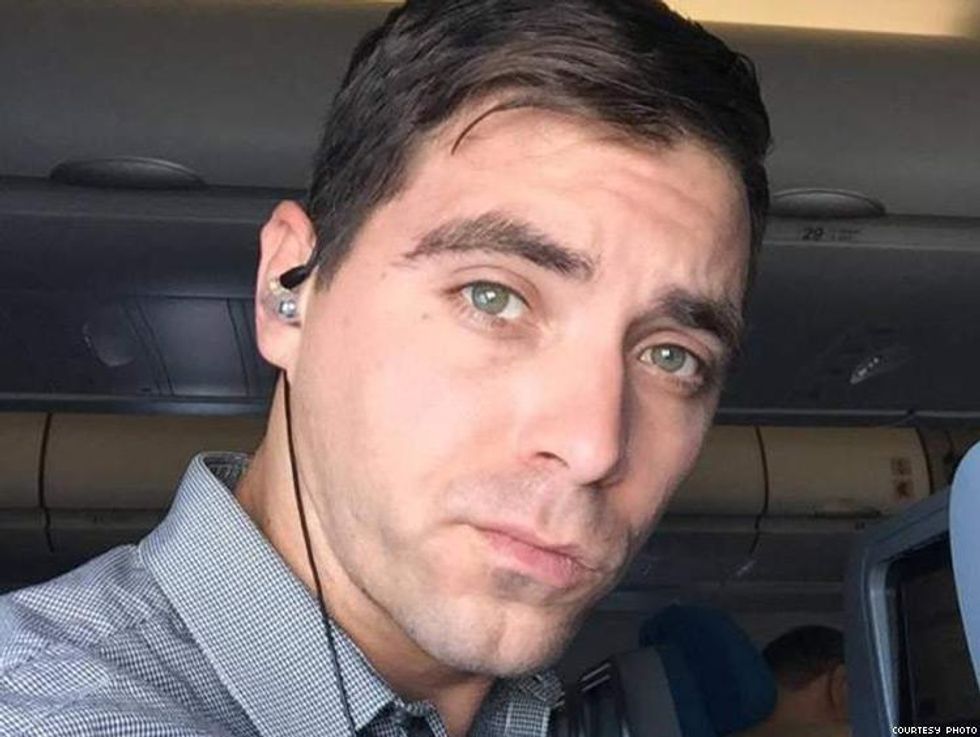
Edward Sotomayor Jr.'s life-ending and lifesaving acts of heroism the night he was among 49 people killed at Pulse nightclub in Orlando are well known. His final act was to die by gunfire in order to get his boyfriend out alive. Brenda Lee Marquez McCool, who survived cancer twice, flung her own body over that of her son, with whom she was out for a night of dancing and fun.
Josh McGill had made it out of the nightclub safely only to dismiss his instinct for self-preservation, which shouted in his mind, "Flee!" He ignored that voice so that he could go back and save the lives of others. McGill became famous for using his shirt to stanch bleeding from bullet wounds, while instructing others to do likewise.
In June The Advocate published the stories of all 49 people whose lives were taken by demented gunman whose motives appear to have run the gamut, including internalized homophobia, religious extremism, and outright narcissism.
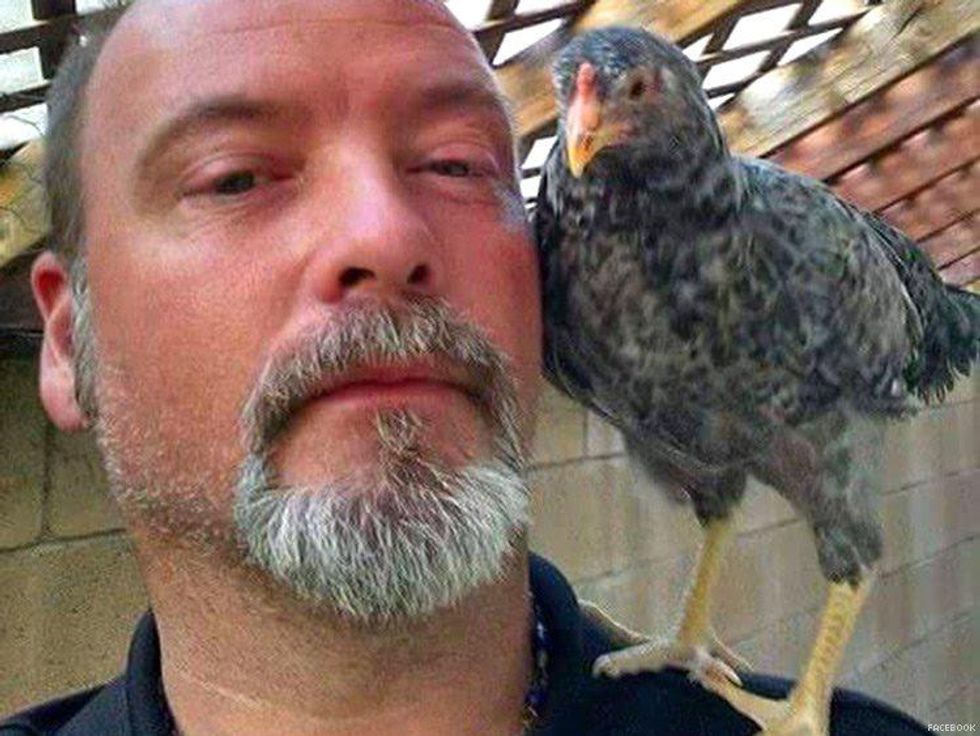
Daniel Kaufman, 42, was one of 14 people killed when husband and wife Syed Farook and Tafsheen Malik opened fire at the Inland Regional Center in San Bernardino, Calif. That day, in addition to its normal operations, the center was hosting the San Bernardino County Health Department's holiday luncheon, and the event was the focal point of the pair's attack. Farook was an inspector for the health department. Kaufman reportedly helped others escape to safety before he was killed.
As The Advocate's Trudy Ring reported at the time, the couple, who were killed by police later the same day, are believed to have been sympathetic to the terrorist group ISIS. Although that organization claims Muslim beliefs, Kaufman's surviving partner, Ryan Reyes, emphasized that no one should blame all Muslims for the attack.
"I speak for both Daniel and myself when I say that this attack should not encourage people to treat Muslims any differently than they would anyone else," he said. "This tragedy was committed by a radical group. We do not hold all Christians accountable for the actions of the Westboro Baptist Church, so why do we blame all Muslims for the actions of their version of Westboro? It makes no sense. The twisted actions and beliefs of a few should not be used to view the majority. Muslims are just as loving and caring as anyone else. It made Daniel sick and continues to make me sick that Americans refuse to drop this way of thinking."
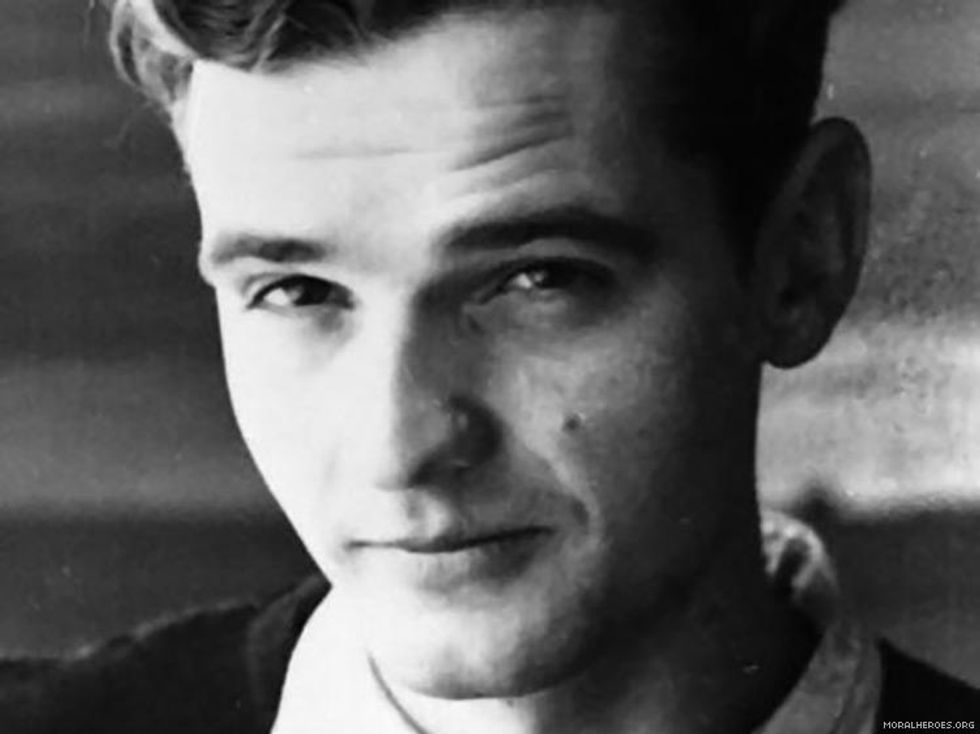
Hans Scholl's impish beauty radiates defiantly even today from the black-and-white 1930s and '40s snapshots that survived after the Nazi government beheaded him for being one among a rare classification of hero: Germans who rebelled against the Nazi regime.
Tried by a fascist court for the "crime" of homosexuality and later for treason, Scholl was only 23 when he was executed by guillotine. A member of the White Rose Society who distributed pamphlets that were fiercely anti-Nazi and pro-human spirit, Scholl was sentenced to death along with his sister, Sophie, for treason. Today, parks, schools, monuments, and even shopping centers bear the name Scholl in honor of the siblings.
Once a part of the Hitler Youth movement, Hans Scholl became disgusted by Nazism, Hitler, and authoritarianism in general. During their trials, Sophie Scholl explained to the judge, whom the Daily Mail called "rabidly Nazi," why she and Hans had worked so hard to undermine Hitler's government.
"Somebody, after all, had to make a start. What we wrote and said is also believed by many others. They just don't dare to express themselves as we did. You know the war is lost. Why don't you have the courage to face it?"
It is said that the last words Hans Scholl shouted before the blade sliced through his neck were "Long live freedom."
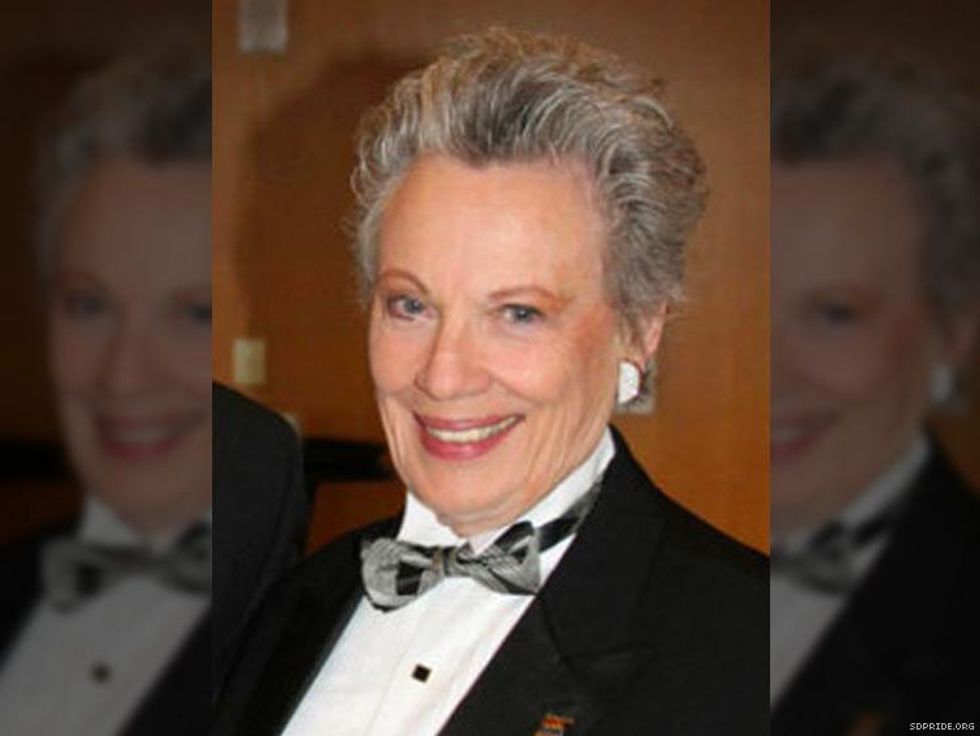
Among her numeorus accomplishments, Susan Jester founded AIDS Walk San Diego in 1985. She is for many reasons the prototypical AIDS caregiver-activist from a bygone era.
On an individual basis, Jester was there to take care of the personal needs for the sick gay man whose folks back home were not ready to accept a sudden coming-out from their gay son, much less a coming-out with a sidebar of, "And by the way, I'm dying of an AIDS-related illness." On a broader scale, Jester was part of a movement of thousands of folks who not only cared one-on-one for the ill but also helped establish campaigns and fundraisers to assist in their ongoing treatment.
Jester deplores injustice, bigotry and humans' inhumanity to humans. Perhaps the only thing the lesbian mom hates more than intolerance is inertia. To see her in action, you'd expect her mantra to be "Stop complaining and take action!"
In 2013, Jester told the San Diego Gay and Lesbian News, "It was quite a different atmosphere in 1985 and a much different feeling in the air. For those participants who were born post-1985 the best way I could describe those dark days is to say that AIDS in the '80s was the 'gay community's 9/11' and we were at the center of ground zero. I make that comparison as someone who was witness to and lived through both."
Viral post saying Republicans 'have two daddies now' has MAGA hot and bothered